In addition to the essentials, such as routine veterinary care, proper nutrition, and daily mental and physical exercise, your pet requires regular grooming sessions that include toothbrushing, ear cleaning, and nail trimming. Our Alisos Animal Hospital team is here for all your pet care needs, and we provide tips on how you can perform these procedures.
Brushing your pet’s teeth
The majority of pets have some degree of dental disease by the time they reach 3 years of age. Dental disease causes your four-legged friend not only bad smelling kisses, but also extensive health problems that, left untreated, may include inflamed, swollen gums, loose or missing teeth, and tooth root infections. In addition, if the periodontal bacteria enter your pet’s bloodstream, the infection can damage their heart, kidneys, and liver.
While only regular professional veterinary dental cleanings can prevent periodontal disease, daily toothbrushing is also vitally important to decrease plaque and tartar accumulation between cleanings. Tips to brush your pet’s teeth include:
- Go slowly — Get your pet used to their mouth being handled before introducing the toothbrush and toothpaste. Gently slide your finger over their teeth and gums and open their mouth. Don’t proceed until they seem comfortable.
- Use pet specific products — Many human dental products contain ingredients, such as xylitol and fluoride, that are toxic to pets. Pet-specific toothpastes are available in many enticing flavors, such as beef, poultry, peanut butter, and seafood, that will help your pet enjoy their toothbrushing experience. In addition, pet-specific toothbrushes have a small head and soft bristles to prevent irritating your pet’s sensitive gums.
- Let your pet taste the paste — Place a small amount of toothpaste on your finger and let your pet taste. If they seem to enjoy the flavor, put some on their toothbrush and let them lick the brush.
- Be gentle — Gently move the brush over your pet’s front teeth, angling upward toward the gum line. Once they seem comfortable, you can move to the back teeth.
- Treat your pet — After brushing your pet’s teeth, offer pets, praise, and a high value treat to make the experience positive.
Trimming your pet’s nails
Regular nail care is important to protect your floors and furniture and to prevent painful complications. Pet nails grow in a curved shape and can grow into the pet’s foot and result in infection if they are not trimmed regularly. Long nails can also easily snag carpet and other fabrics, tearing the nail, which is extremely painful if the sensitive quick is exposed.
Your pet’s nail has two parts—the living, sensitive quick and the hard outer shell. The quick supplies the nail with blood and feeling, and regular trimming helps keep the quick short, which is better for your pet’s well-being and easier to maintain. Dogs typically need their nails trimmed every three to four weeks, and cats’ nails need trimming every 10 to 14 days. Tips to trim your pet’s nails include:
- Learn nail anatomy — Cutting into the quick can cause pain and bleeding, so you must know its location. In light pigmented nails, you can see a pink area—which is the quick—and you should always cut the white part of the nail. In dark pigmented nails, cut only the tip, since locating the quick isn’t easy. If you would like help, ask our team for a demonstration to ensure you cut in the right place.
- Acclimate your pet — Many pets dislike having their nails trimmed, so starting when they are young helps acclimate them to the procedure. Handle your pet’s feet often, providing treats so they realize the process isn’t too bad.
- Choose an appropriate nail trimmer — Several types of pet nail trimmers are available. Choose one that is easy for you to handle and comfortable for your pet.
- Grasp the paw — Gently grasp your pet’s paw, exposing a nail. You will have to extend your cat’s nail by pushing backward on the paw pad.
- Cut the nail — Cut the nail straight across.
- Be patient — If your pet is nervous or starts pulling away their paw, trim only one nail and try again at another time.
- Provide treats — Provide treats and praise during and after the nail trimming session.
Cleaning your pet’s ears
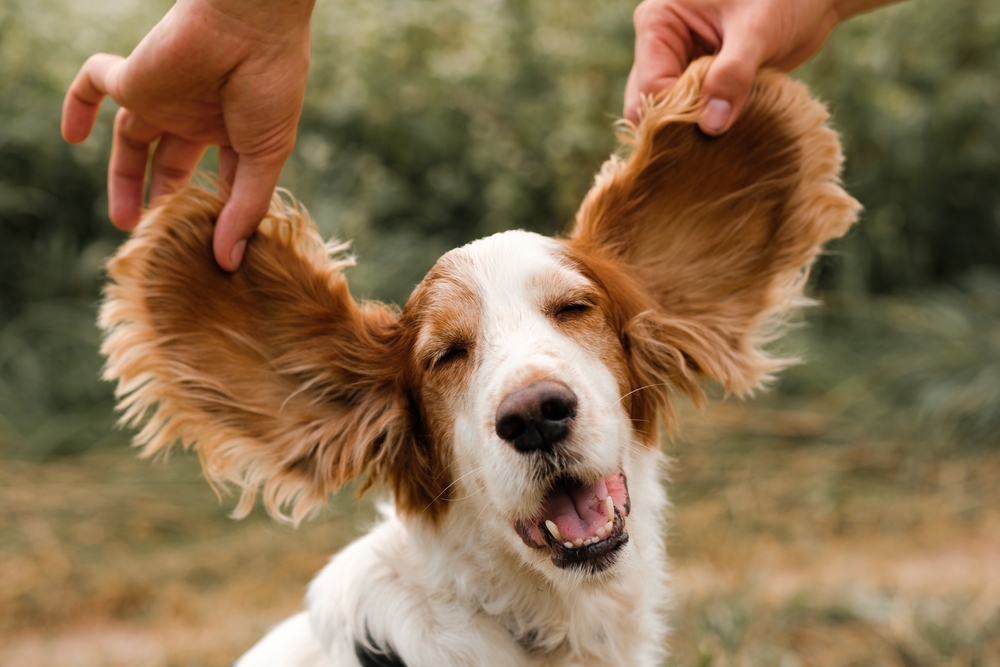
Unless they have a skin condition, such as atopy or a food allergy, most cats don’t need their ears cleaned regularly. However, the dog’s ear canal structure is conducive to debris and wax accumulation, which can facilitate bacteria and yeast overgrowth and lead to infection. Most dogs need their ears cleaned about once a month, but those with long floppy ears, skin allergies, and who like to swim may need their ears cleaned more frequently. Our Alisos Animal Hospital team can recommend the cleaning frequency best for your four-legged friend. Tips to clean your pet’s ears include:
- Use a veterinary-approved cleaning solution — Products such as hydrogen peroxide and alcohol can damage your dog’s sensitive ears. Use only a veterinary-approved ear-cleaning solution.
- Gather your supplies — Gather your supplies, including the ear cleaning solution, a towel, and cotton balls. Never use cotton swabs, which can cause trauma to the eardrum.
- Position your dog — If you have a small dog, you can put them on a table and stand behind them. If your dog is big, sit on the floor with them sitting in front of you.
- Examine the ear — Examine your pet’s ear, looking for redness, discharge, or odor that could indicate an infection. Don’t proceed with ear cleaning if you see any of these signs, and instead call our team to schedule an appointment.
- Straighten the ear — Gently grasp your dog’s ear flap and hold vertically to straighten the ear canal.
- Administer the ear cleaning solution — Squeeze the ear cleaning solution in your dog’s ear until the ear canal is full.
- Massage the ear — Hold up the ear flap and massage the ear base, allowing the solution to break up the accumulated debris.
- Duck and cover — Let your dog shake their head.
- Remove the debris — Use cotton balls to swab out the remaining solution and debris.
- Repeat the process — Repeat the process on the other ear.
- Provide treats — Provide treats and praise throughout the procedure.
If you have concerns about performing any grooming procedures on your pet, contact our Alisos Animal Hospital team. We want to help.


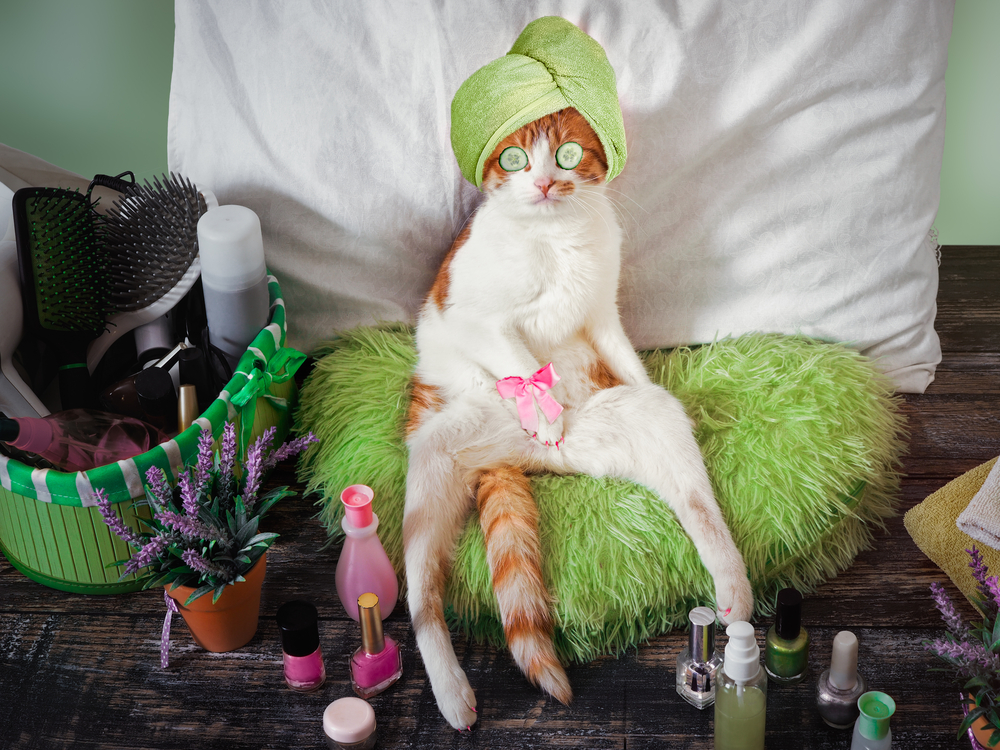
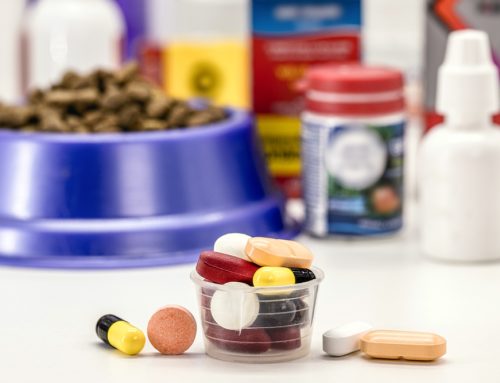
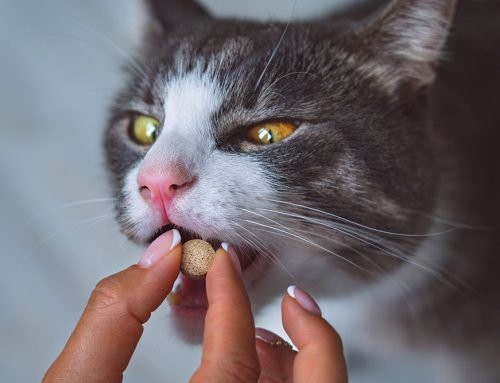
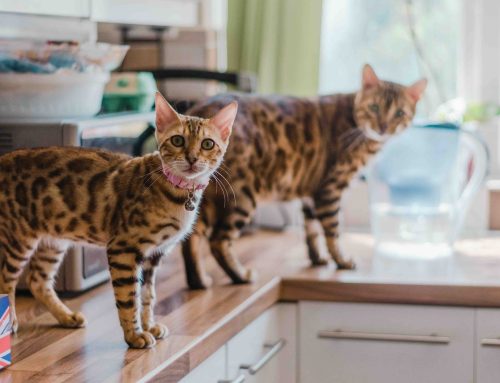
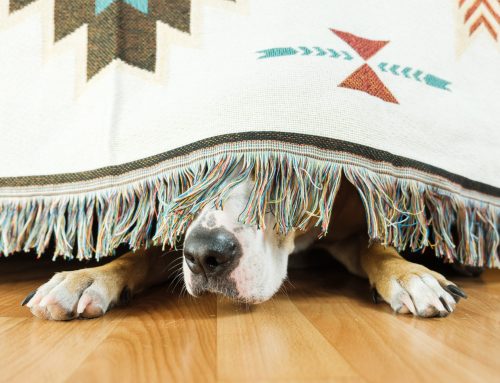

Leave A Comment